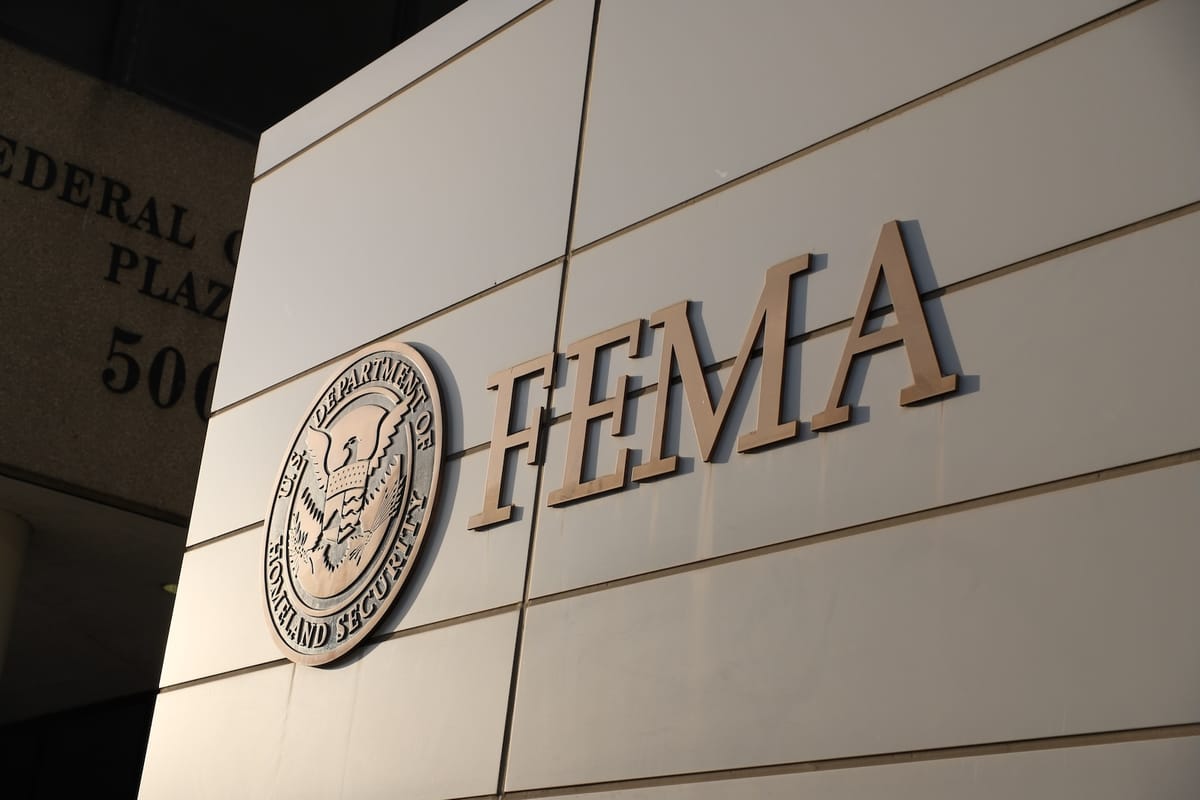

FEMA Strengthens Disaster Aid Focus
The Federal Emergency Management Agency (FEMA) took a decisive step forward, redirecting $895 million from the underperforming Building Resilient Infrastructure and Communities (BRIC) program to fortify its Disaster Relief Fund. This move, spearheaded by Department of Homeland Security Secretary Kristi Noem, reallocates resources from a $1 billion initiative within the $1.2 trillion Infrastructure Investment and Jobs Act of November 2021 to ensure immediate support reaches Americans struck by natural disasters. FEMA officials hailed the shift, noting that the BRIC program had only utilized $134 million across 450 applications, leaving a clear need for a more effective approach.
With this redirection, all pending BRIC applications from fiscal years 2020 through 2023 are canceled, and the unspent funds now bolster the Disaster Relief Fund, which exceeds $2.5 billion. A FEMA spokesperson celebrated the change, stating, ‘Under Secretary Noem’s leadership, we’re cutting through red tape to deliver real help to Americans when they need it most.’ This infusion of nearly $900 million positions FEMA to respond swiftly to the urgent demands of storm-ravaged communities nationwide.
Leadership Drives Practical Solutions
Secretary Kristi Noem’s leadership at the Department of Homeland Security has brought a refreshing focus on results over bureaucracy. Her decision to terminate BRIC and redirect its funds reflects a grounded approach to governance, putting the needs of disaster victims first. Since taking office, Noem has pushed FEMA to streamline operations, a vision echoed by President Donald Trump’s January call to simplify the agency’s efforts.
Trump’s earlier remarks, ‘Everything they do is a mess,’ have been answered with this bold reallocation, proving that FEMA can adapt and deliver under strong direction. Noem’s hands-on style, including her recent oversight of disaster response plans, ensures that every dollar works harder for the American people.
States Reap Immediate Benefits
States battered by recent disasters are already poised to benefit from this $895 million infusion. In North Carolina, where Hurricane Helene caused billions in damages, governors have welcomed the move as a lifeline for overwhelmed communities. The funds will speed up road repairs, home rebuilding, and emergency supplies, easing the burden on local taxpayers.
Florida, too, stands to gain, especially after FEMA rooted out inefficiencies like the misuse of funds on unrelated projects. This reallocation delivers on the promise of federal support that works for the people it serves.
Taxpayers Win with Fiscal Discipline
Terminating BRIC highlights a much-needed return to fiscal accountability in Washington. The program’s $1 billion price tag, with only 13% spent over three years, was a glaring example of inefficiency. Redirecting $895 million to the Disaster Relief Fund maximizes the impact of every tax dollar, ensuring it reaches Americans in need rather than languishing in a stalled program.
This move sets a strong example for other federal agencies, proving that resources can be realigned to deliver real results. With the national debt a pressing concern, FEMA’s action shows that responsible stewardship can coexist with compassionate aid.
A Bright Future for Disaster Response
The $895 million shift marks a turning point for FEMA, reinforcing its mission to protect and support Americans in times of crisis. With the Disaster Relief Fund now flush with resources, the agency is better equipped to handle whatever storms lie ahead. This is a victory for families, businesses, and communities counting on swift federal help.
As one official put it, ‘Americans in crisis deserve action, not excuses.’ Under this new direction, FEMA is delivering just that—tangible relief that rebuilds lives and restores hope. The focus on immediate aid over speculative spending is a model that promises to serve the nation well for years to come.
Dues are $12 per year. Member benefits:
✅ Ad-Free Website Viewing
✅ Advocacy for Republican Seniors
✅ 120+ Senior Discounts
✅ Member Only Newsletters